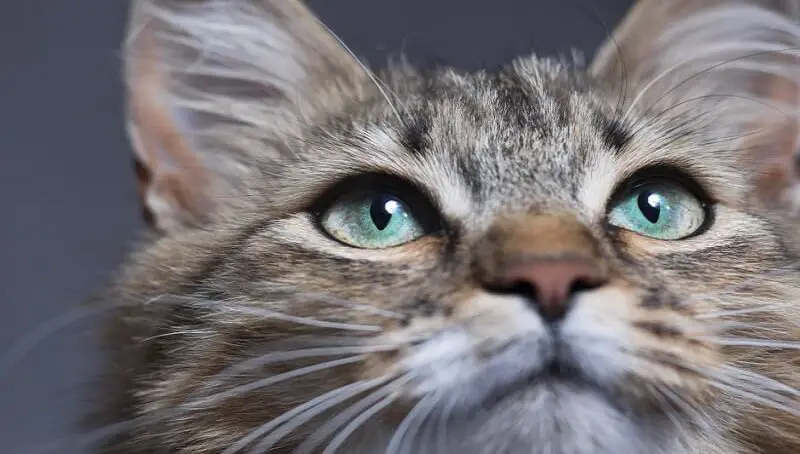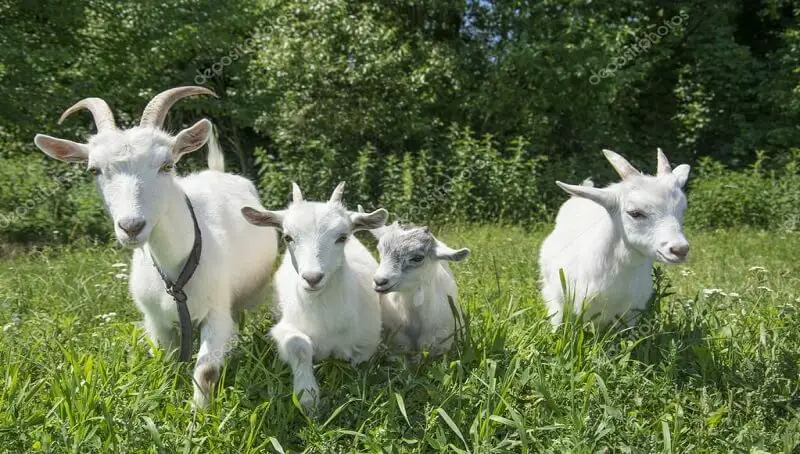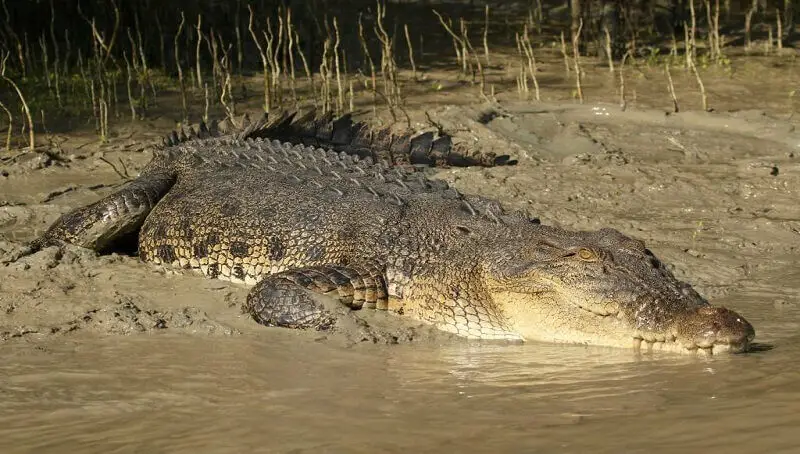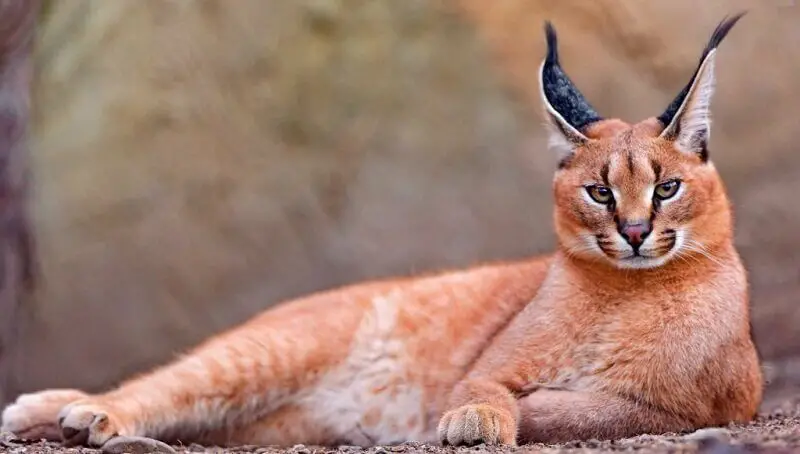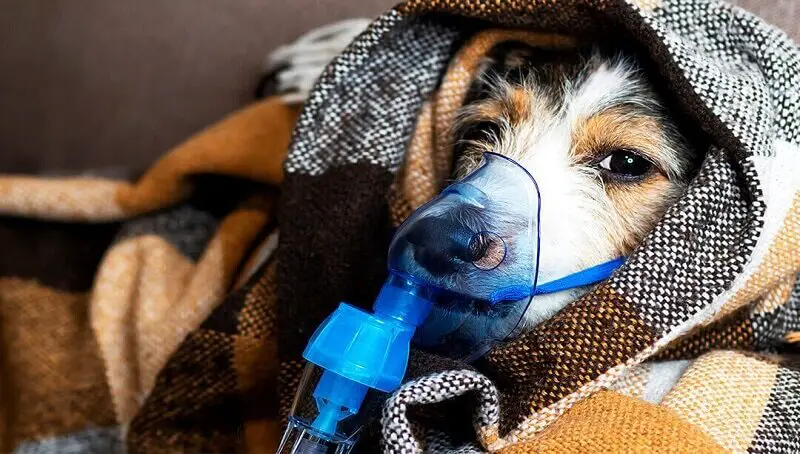February 5, 2023
Highlights: Cherry Eye in Cats Nature of the Condition: Cherry Eye is a common name for the prolapse of the third eyelid gland or nictitating membrane in cats, often resulting in a noticeable red or pink fleshy mass in the corner of the eye. This condition is particularly common in […]

